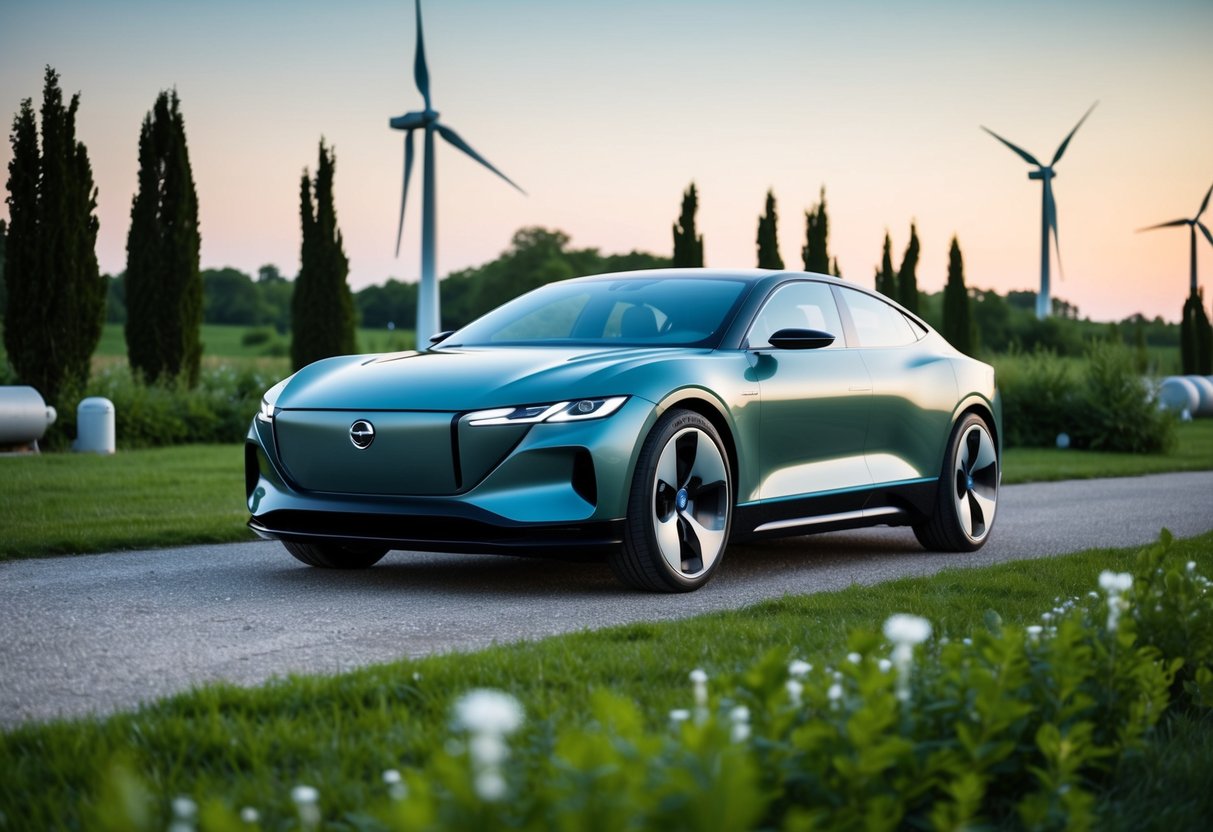
Role of Fabrics and Materials

Advancements in sustainable materials are transforming car design by integrating natural fibers and recycled plastics into interiors. These innovations aim to reduce environmental impact while enhancing functionality and aesthetic appeal.
Natural Fibers and Textiles
Natural fibers such as hemp, flax, and cotton are gaining popularity in the automotive industry. These materials offer reduced weight compared to conventional options, contributing to increased fuel efficiency without compromising durability.
Manufacturers are also exploring wool blends and similar textiles to achieve greater thermal comfort and breathability within car interiors. Using sustainable fibers helps to minimize reliance on synthetic materials and decrease the carbon footprint of production processes.
The integration of natural fibers goes beyond aesthetics, as they often provide superior sound-dampening properties. By incorporating these textiles, automakers improve the acoustic quality within vehicles, resulting in a quieter and more comfortable ride.
As the demand for environmentally friendly solutions grows, the automotive sector continues to explore innovative uses for these materials in various components of car interiors.
Recycled Plastics Use
Recycled plastics are becoming a critical component of sustainable car design, offering a viable solution to reduce waste. These materials are often sourced from post-consumer products like bottles and packaging, turned into durable components for car interiors.
Automakers are increasingly incorporating recycled plastics into dashboards, door panels, and seat fabrics, ensuring the same standards of safety and quality as new materials. This approach not only supports environmental objectives but also aligns with consumer demand for sustainable products.
The successful integration of recycled plastics has led to collaborations between car manufacturers and materials scientists to develop advanced bioplastics. These materials are further reducing reliance on fossil fuels and lowering emissions associated with vehicle production.
The role of recycled plastics is expanding, as they offer a sustainable path towards a circular economy in the automotive industry.
Mobility and Connectivity

Mobility and connectivity are reshaping the landscape of car design with technological advancements that enhance the driving experience. The integration of autonomous driving and connected vehicles is heralding a new era where advanced sensors and real-time data play pivotal roles.
Autonomous Driving Advancements
Autonomous driving is transforming how society perceives mobility. Self-driving cars utilize a sophisticated network of advanced sensors like LiDAR, cameras, and radar to navigate the roads safely. These sensors provide vehicles with a real-time understanding of their surroundings, enabling precise decision-making.
Research and development in this field is pushing these technologies to improve performance and reliability. Companies are investing heavily to ensure these vehicles can handle complex traffic scenarios and adverse weather conditions. Artificial intelligence plays a crucial role in processing vast amounts of data, enhancing vehicle autonomy and safety.
Standardization and regulation of autonomous vehicles remain critical to ensure their safe integration into existing transportation systems. Policies and guidelines are necessary to address concerns around liability and privacy, ultimately facilitating widespread adoption.



